

2 Màu Sắc LED Chống Lão Hóa Liệu Pháp Ánh Sáng Vẻ Đẹp Mặt Nạ Khuôn Mặt Sâu Chăm Sóc Da Thiết Bị Khuôn Mặt LED Photon Liệu Pháp Ánh Sáng Mặt Nạ Cho Khuôn Mặt


Giá tốt nhất nhà máy cao cấp Collagen Tóc Mặt nạ Sulfate miễn phí sâu điều hòa tóc điều trị cho tất cả các tóc

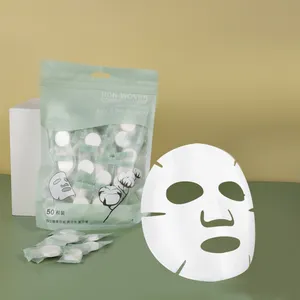
Nén Tùy Chỉnh Mặt Nạ Chăm Sóc Da Công Cụ Dùng Một Lần Nén Reticulated Tencel Mặt Nạ Trên Khuôn Mặt Đầy Đủ Viscose Make-up Mặt Nạ


Silicone LED Facial mặt nạ cổ 7 màu sắc 460 590 630 850nm ánh sáng đỏ Photon trị liệu chăm sóc da liệu pháp ánh sáng đỏ mặt nạ 2024

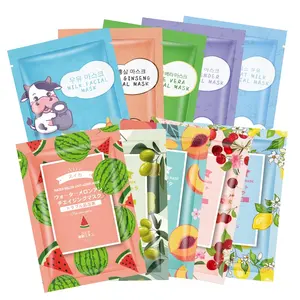
MOOYAM Mặt Nạ Dưỡng Ẩm Làm Trắng Mặt Nạ Làm Đẹp Trái Cây Mặt Nạ Chăm Sóc Da Mặt Nạ Làm Đẹp Da Mặt Nạ Làm Đẹp
Sẵn sàng vận chuyển

OEM DSU Nhãn Hiệu Riêng Tinh Chất Chanh Chăm Sóc Da Mặt Ngủ Nuôi Dưỡng Chăm Sóc Da Mặt Dưỡng Ẩm Làm Trắng Da Mặt
Sẵn sàng vận chuyển


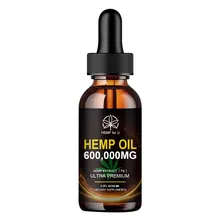


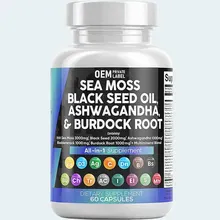

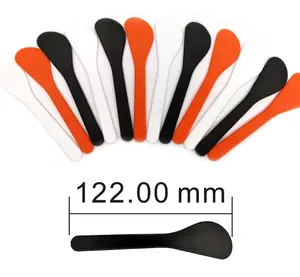


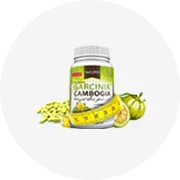












 浙公网安备 33010002000092号
浙公网安备 33010002000092号 浙B2-20120091-4
浙B2-20120091-4